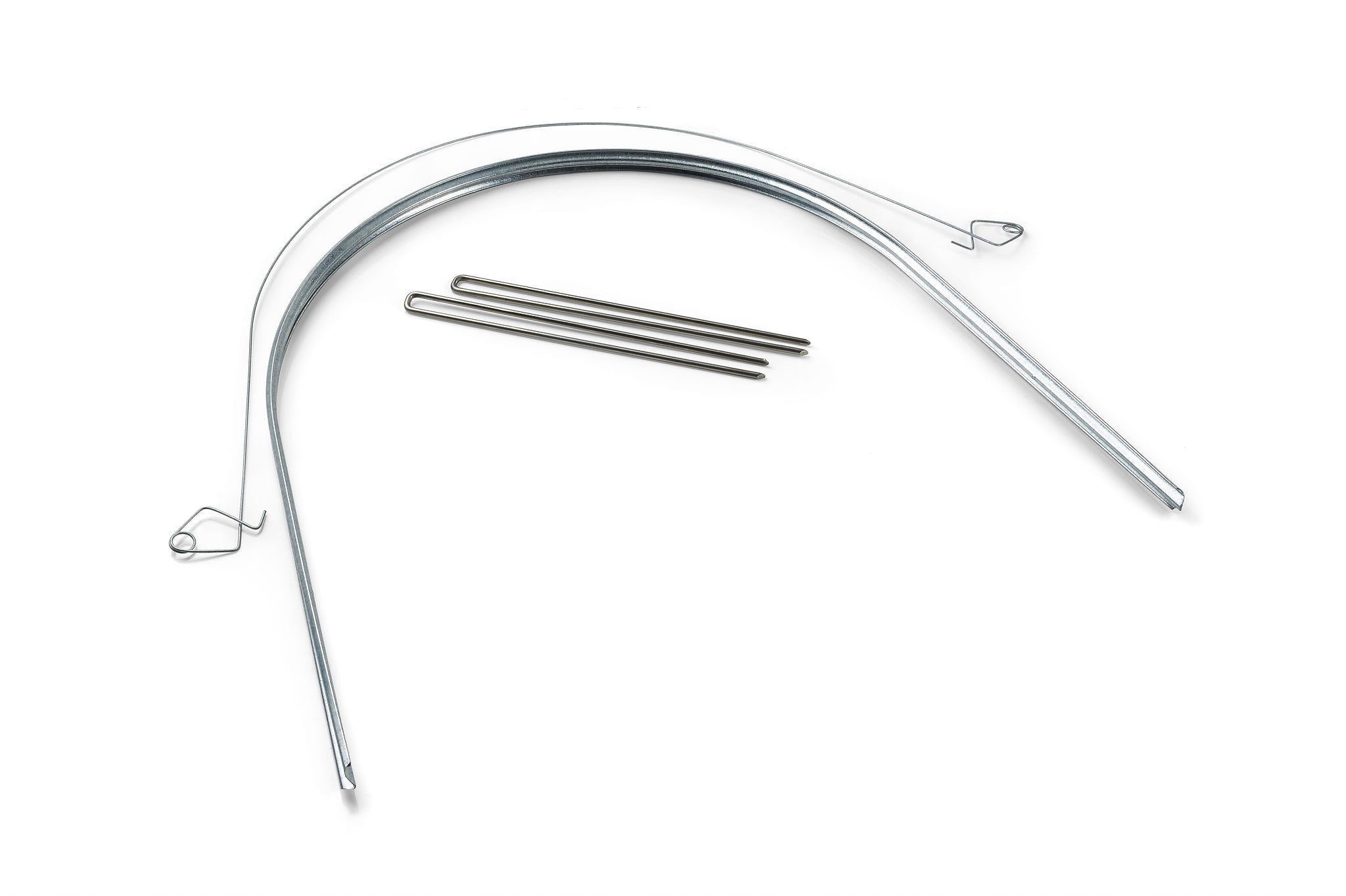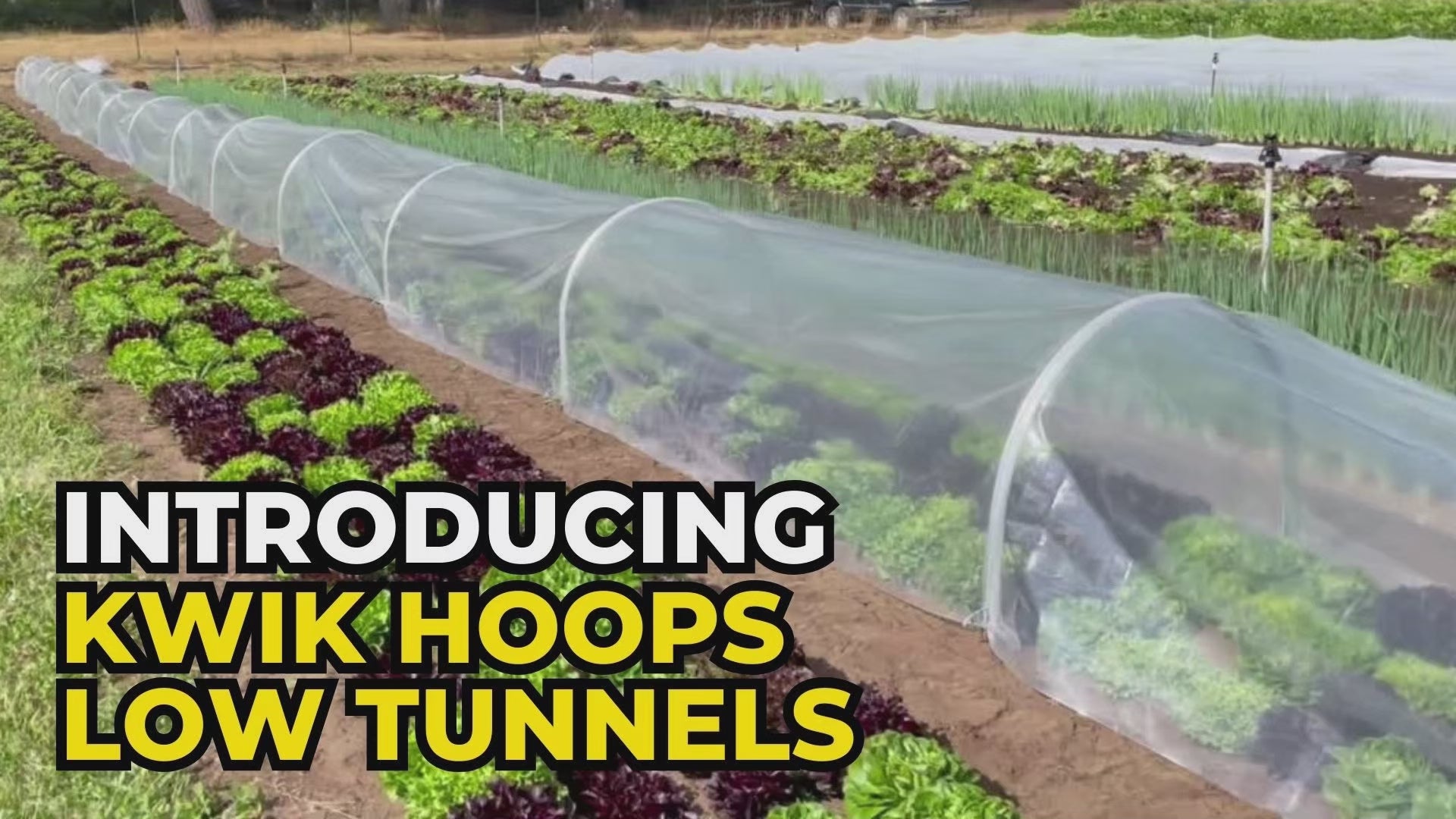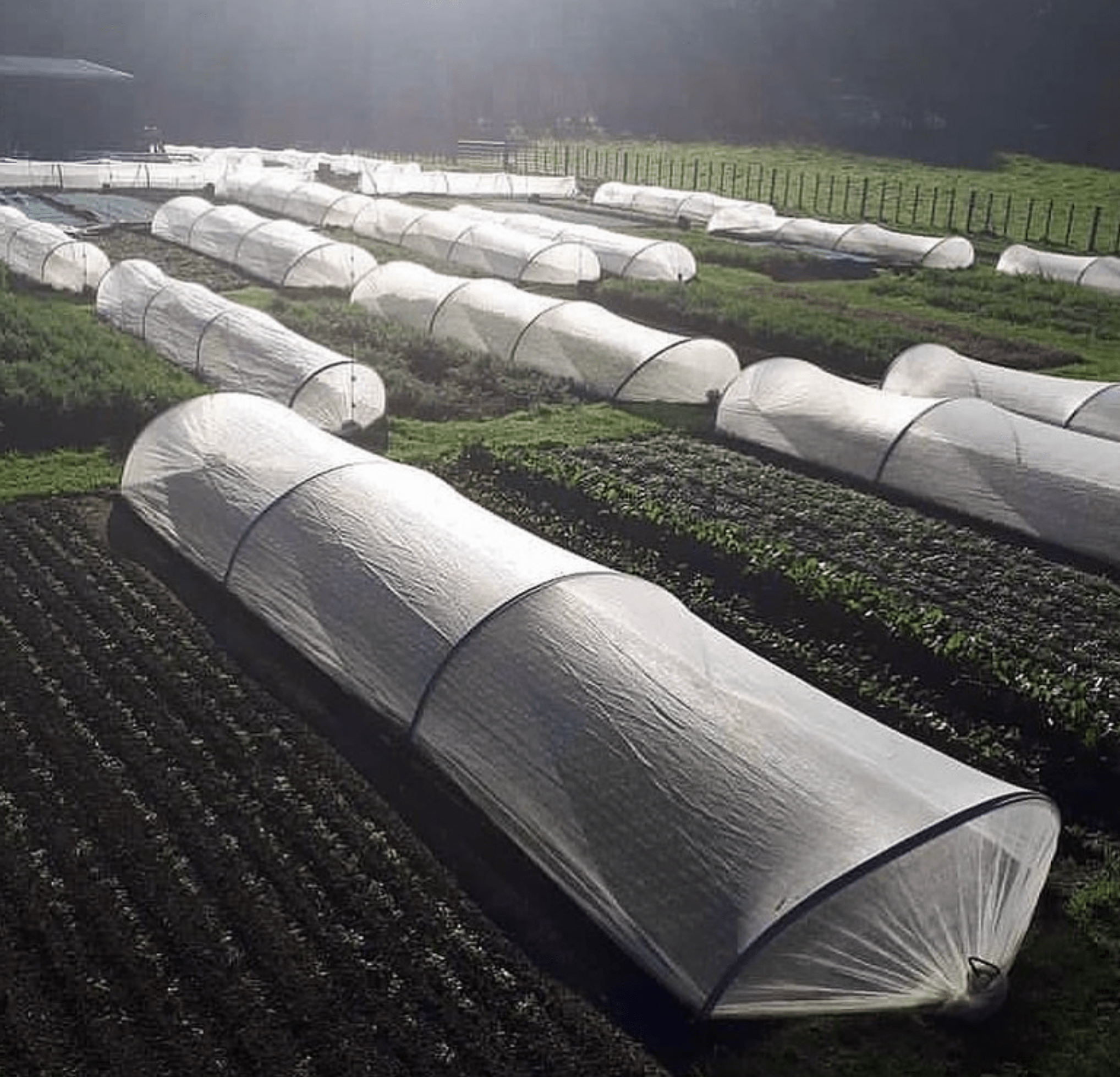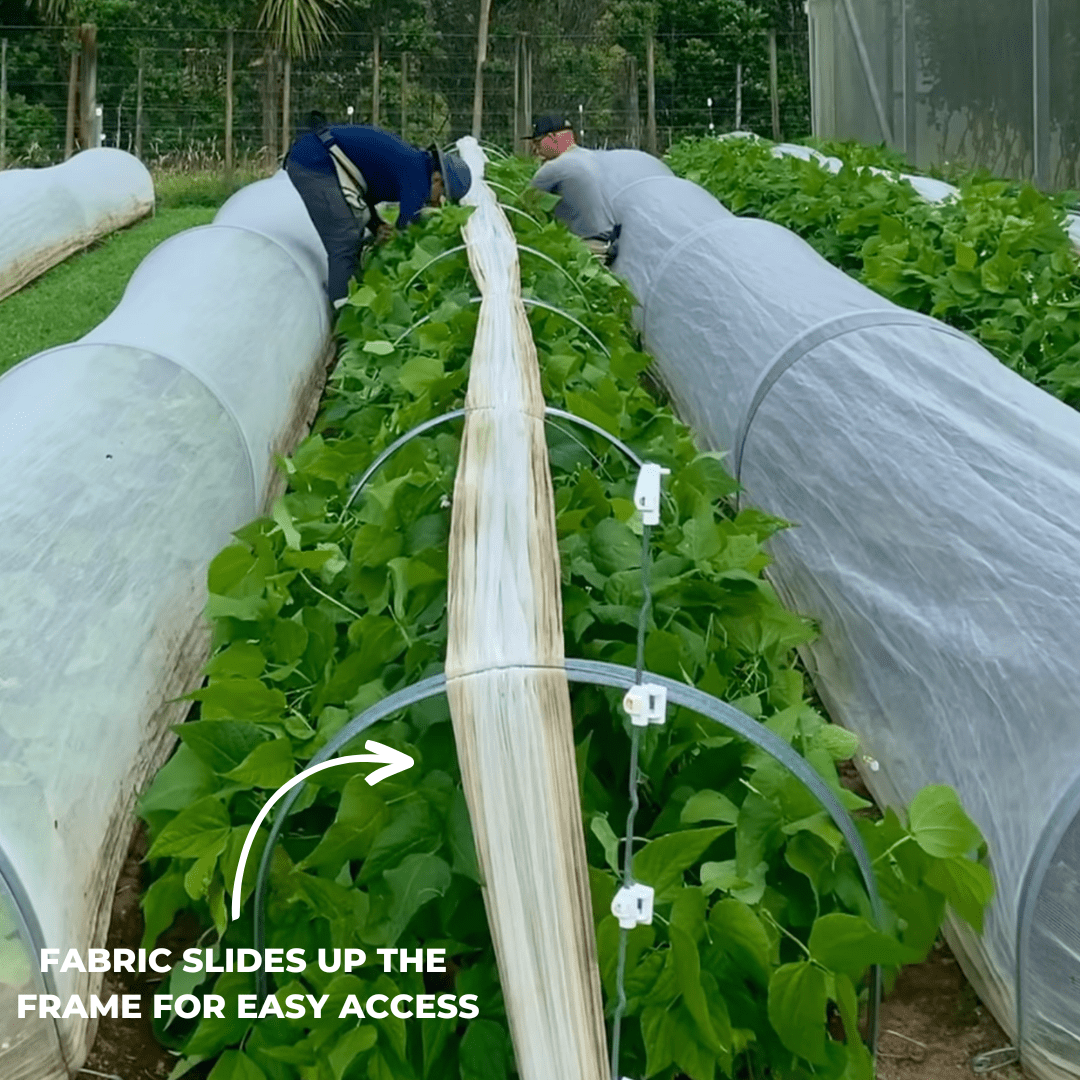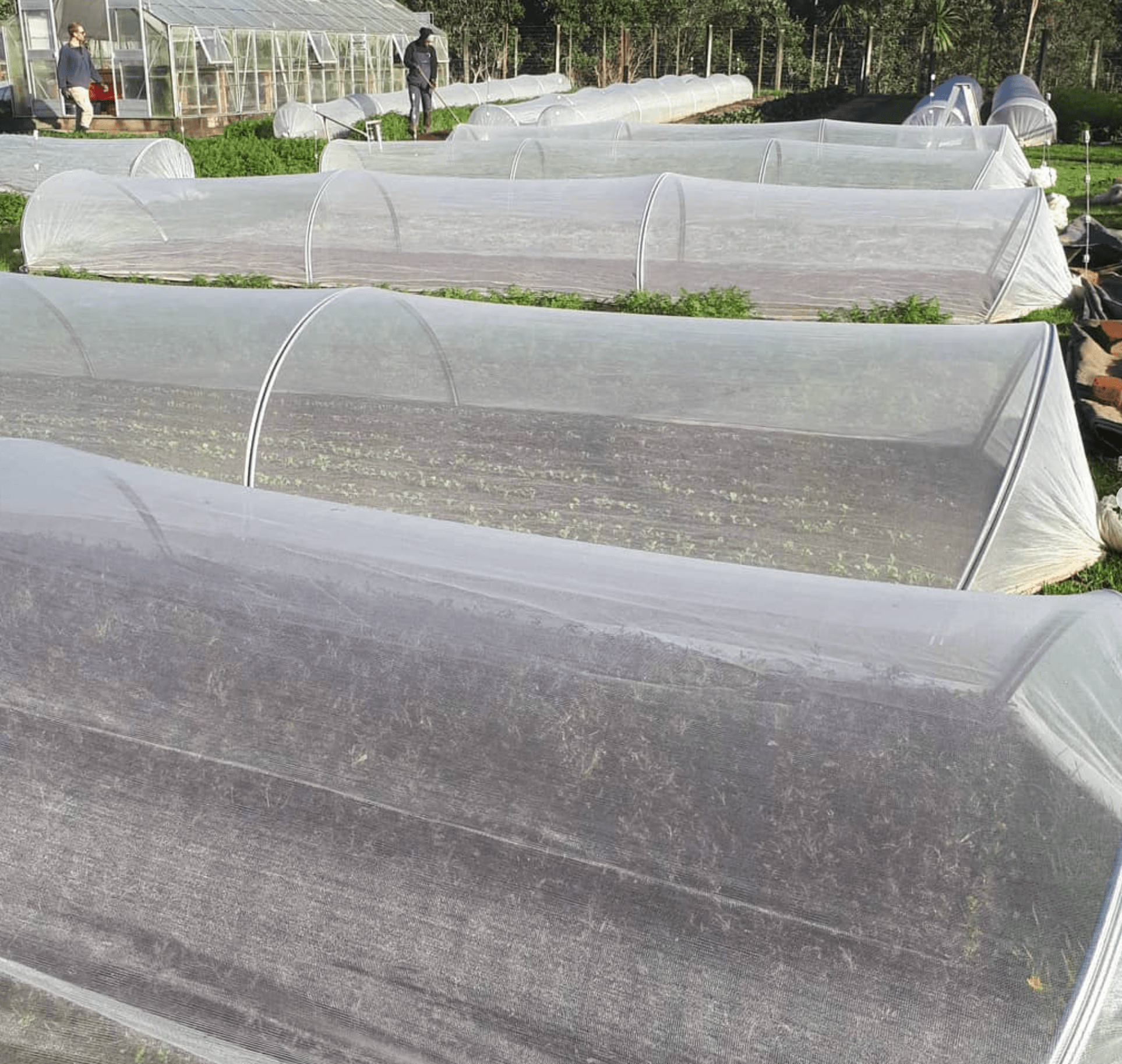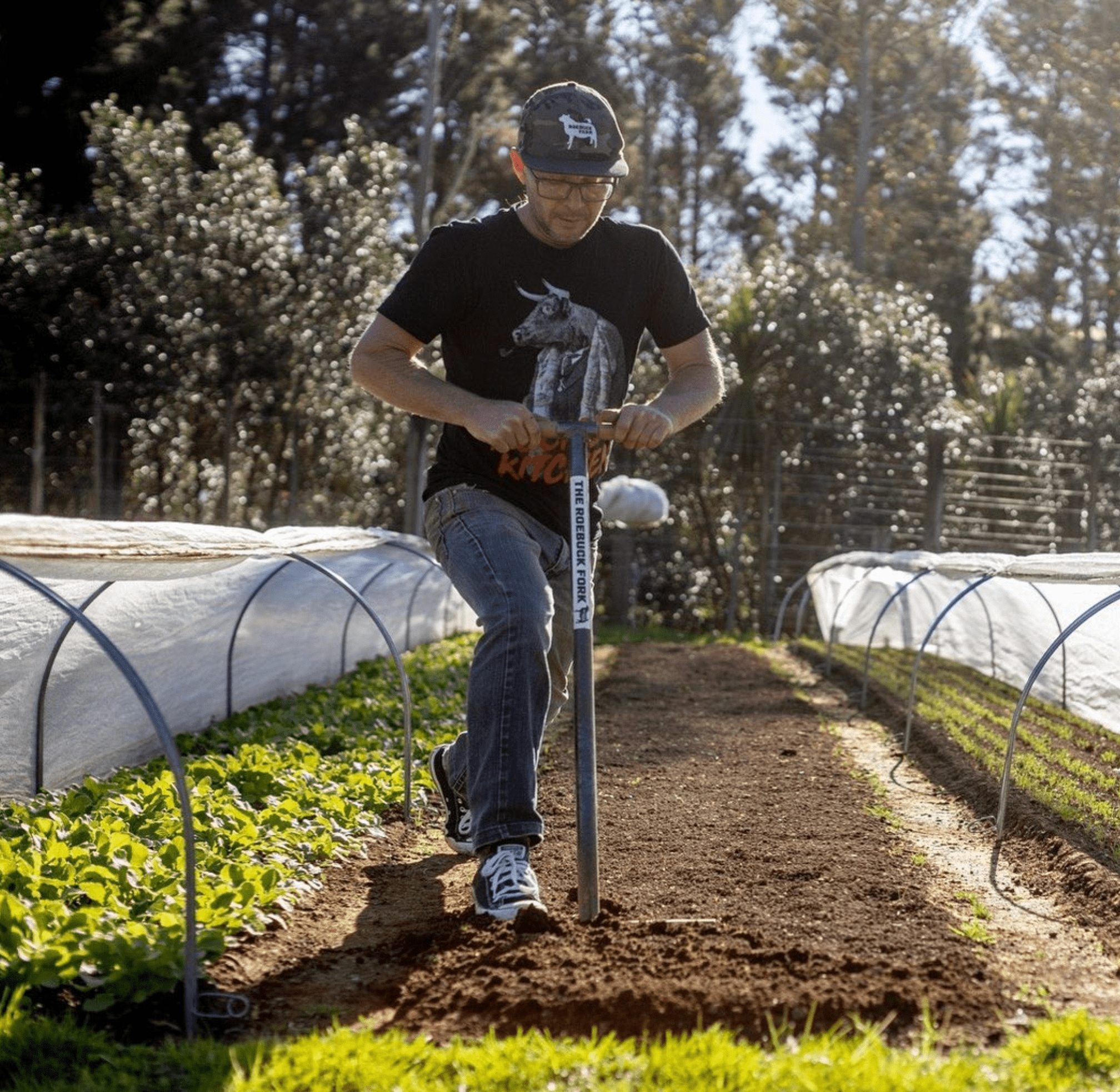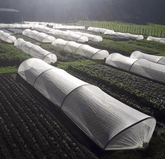- Designed for a 30-inch bed
- 23.5 inches tall at the peak of the hoop
- Compatible with all agriculture fabric coverings
- Made from high-tensile galvanized steel
- Manufactured by Redpath in New Zealand
- Plastic, shade cloth, and insect netting can all be used with Kwik Hoops
- For complete coverage, fabrics must be at least 69 inches wide. Softer fabrics like Insectanet provide a better seal when they are at least 100 inches wide.
- We recommend cutting fabrics 10 feet longer than your bed length to allow for closing at the ends
Kwik Hoops Professional Low Tunnels
- Regular price
- $97.00
- Regular price
-
- Sale price
- $97.00
- Unit price
- per
Couldn't load pickup availability
AT A GLANCE
- Superior build quality. Compared to other low tunnel systems on the market, our Kwik Hoops are designed for real field conditions and won't rust or bend under snow loads. They are larger, stronger, and will endure longer.
- The proven design has been used on farms in New Zealand for over 20 years. These are the hoops that farmers use.
- If you want something smaller or cheaper, be aware of the trade-offs.
- Our Kwik Hoops provide low-cost season extension—55% cheaper than tunnels. They are portable and compatible with most agricultural fabrics.
- Note: Heavy clay or rocky soils might require extra steps during installation.
WHAT'S INCLUDED
Each pack of Kwik Hoops includes frames, retaining wires, and a pair of U-stakes. Additional U-stakes may be needed if you split the pack over multiple beds. Fabrics are sold separately.
KWIK HOOPS AND WIND
Kwik Hoops are intended for semi-sheltered locations and should be arranged according to local conditions. In well-sheltered areas or when using lightweight, breathable netting, you may space your hoops up to 10 feet apart.
For more exposed locations or if your ground has loose or sandy soils, hoop spacing might be as close as 3 feet.
For extremely windy locations, we recommend removing the fabric from the tunnels during high wind conditions, as no low tunnel can withstand such weather, regardless of the manufacturer. If necessary, the end or mid hoops can be doubled up and riveted together for added strength.
Wind resistance is affected by various factors, including soil conditions and the type of fabric used on the hoops. Pulling fabrics as tight as possible can help the wind go over the hoops. Non-permeable fabrics, such as plastics, cannot withstand extreme winds.
NRCS GRANT ELIGIBLE
- Get your hoops paid for! NRCS EQIP cost-share grant eligible in most states - LEARN MORE
BULK DISCOUNTS
- Bulk discounts on orders of 8 or more 25-packs. Email us for details.
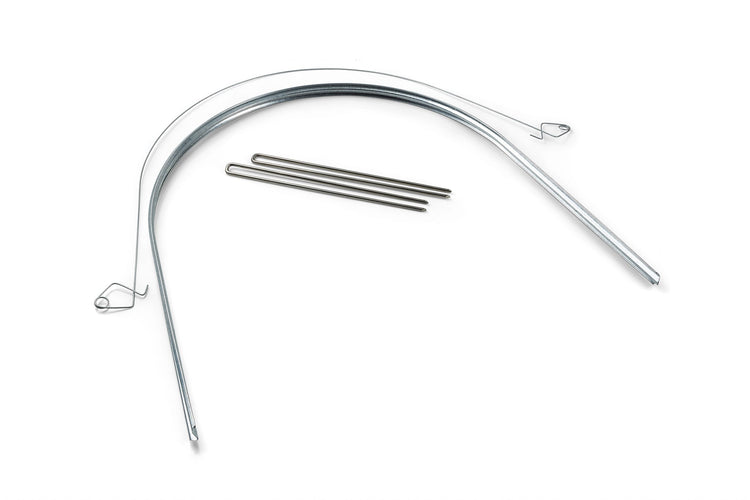
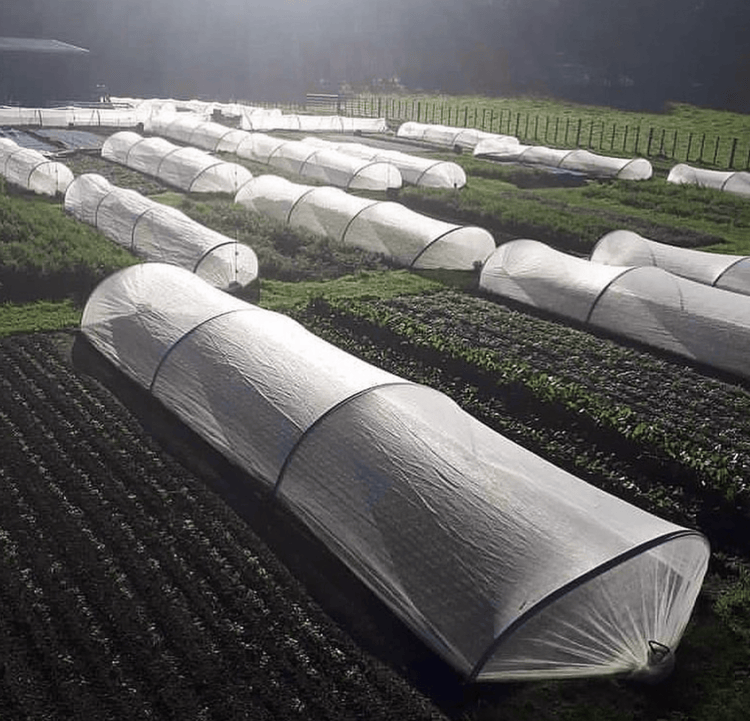
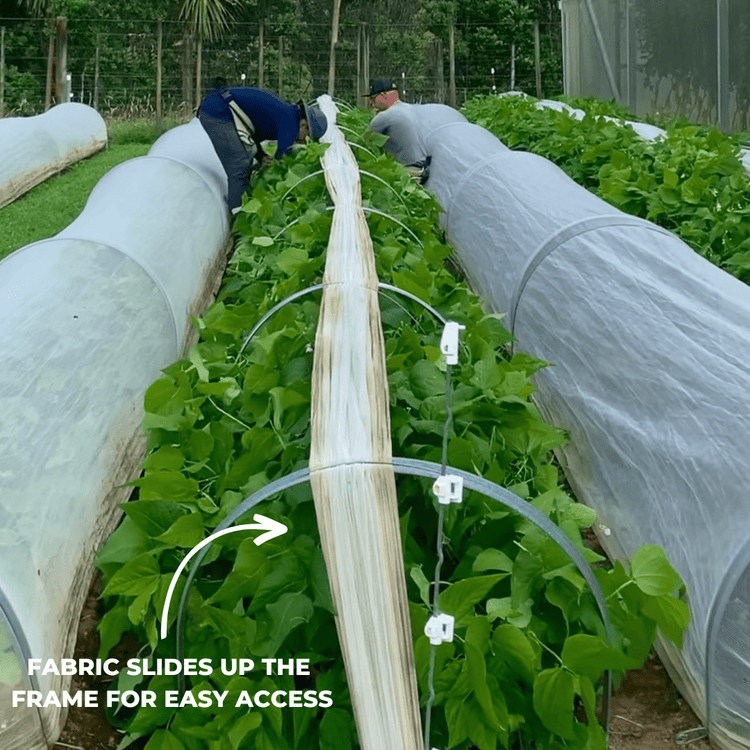
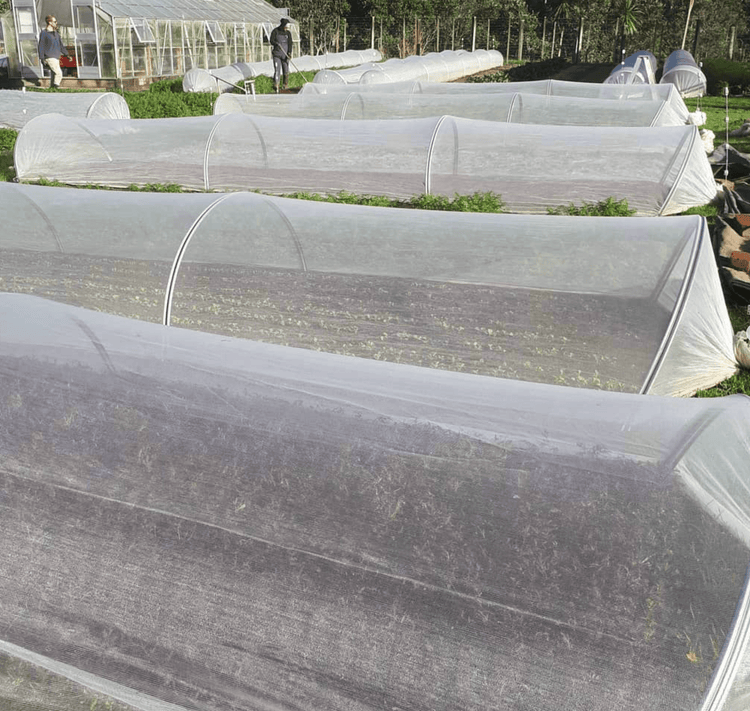
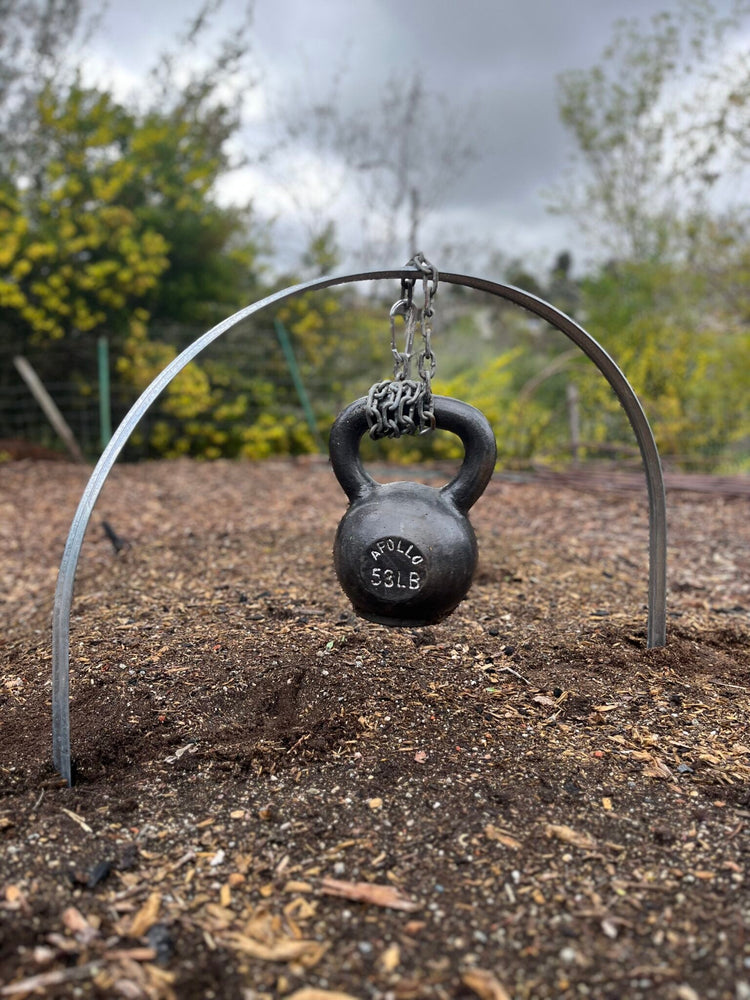
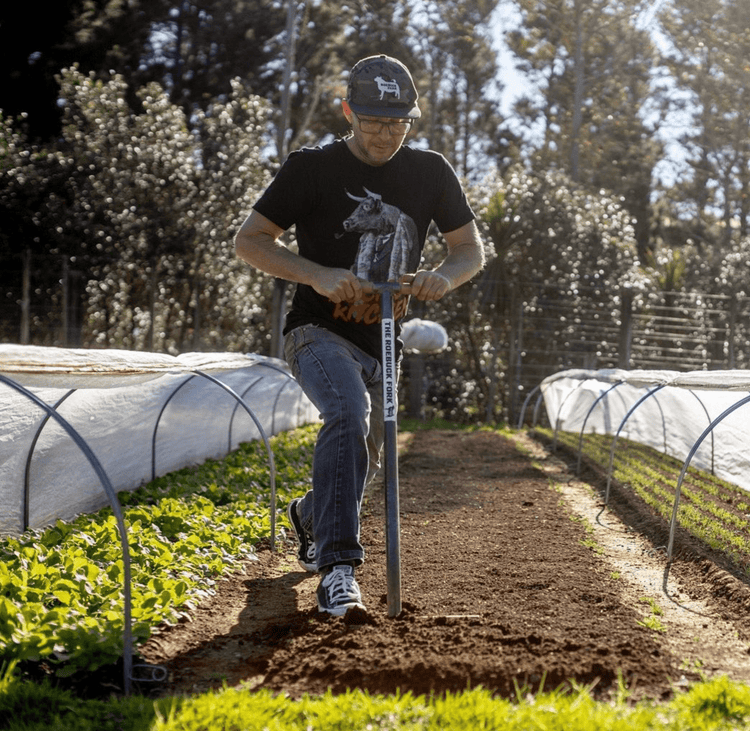
Cart
- Choosing a selection results in a full page refresh.

